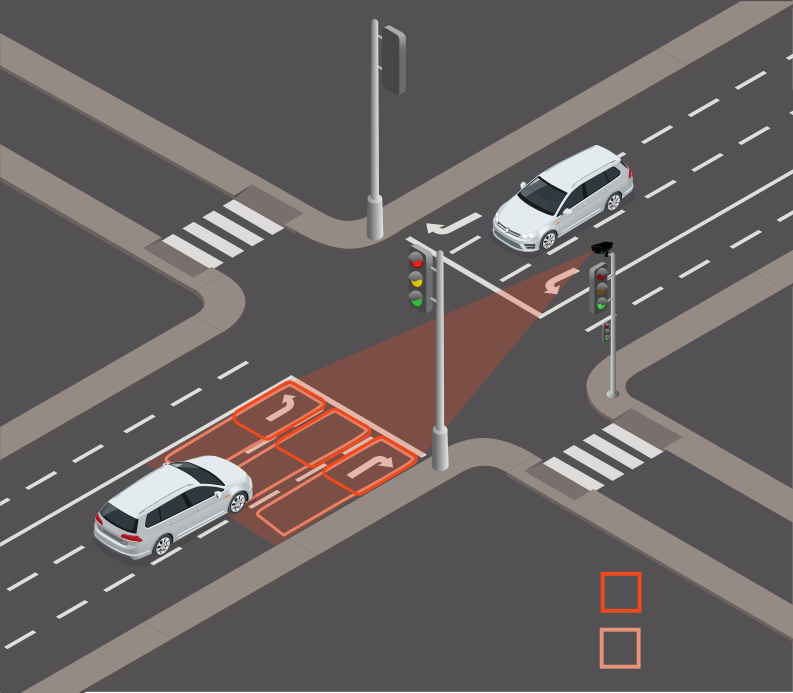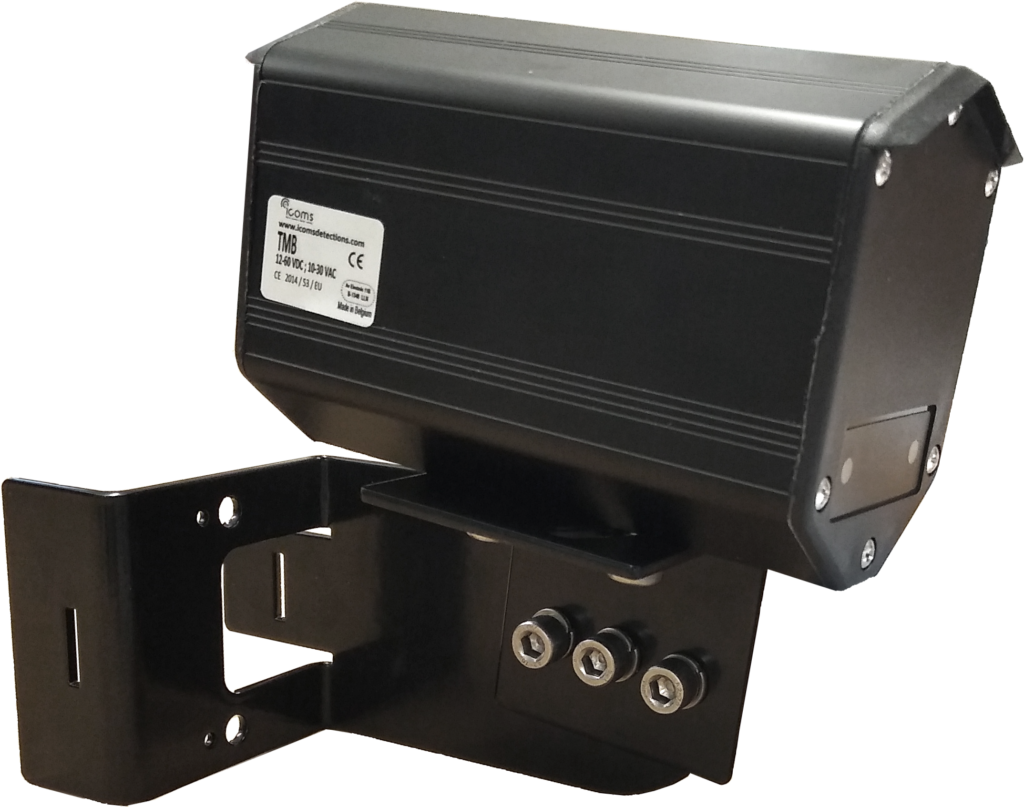In the specialist world of traffic management systems, the tide has slowly started to turn on inductive loop detection. With pressures on highway maintenance departments to squeeze more out of their budgets and to find more sustainable solutions, the days of the dated induction loop should be numbered. But are they?
Interestingly, while widely used in continental Europe, for the UK, uptake in Scotland seems to be moving faster than the rest of the UK, and Ireland. In this Blog, we ask why that is and share a Scottish experience of managing a complex city-centre intersection that should be turning that tide into a tsunami.
With a burgeoning population of 1.8 million, Glasgow experiences the heaviest urban traffic levels of anywhere in Scotland. Following a deterioration of the city’s roads, due to a combination of high traffic volumes and severe weather conditions, the sub-ground SCOOT loop detection systems were experiencing repeated failures.
Having assessed the requirements throughout the city, the Council’s engineering team identified a particular issue with vehicle presence detection across the full width of a multi-lane intersections of London Road and A728 Clyde Gateway. For this busy junction, located close to Celtic Park football ground, they decided to trial a number of alternative stop-line detection technologies to manage the intersection.


Above Ground Radar Detection Set Up
One of the technologies chosen was the Icoms TMB-134 Radar Detector. The device was mounted at the top of an existing primary traffic signal pole where the engineers were able to set up the radar using the existing cabling.
Defining upto 9 virtual zones to detect vehicles approaching the intersection, each was set to detect independently for each individual lane. This included the right and left turn lanes. By configuring their position, size and function, each area could activate a relay, triggered on movement of any type of vehicle or bicycle. The detection areas were also configured as presence detection zones, activating the relays until the point that the object had left the zone.
After several weeks in use, the council were satisfied that the radar detector was operating successfully, both day and night and in a range of weather conditions.


The Limitations of SCOOT Loop Detection
The success of the radar detection approach, and in particular the Icoms technology, with its multi-lane detection capability of up to 70 metres, identified a number of limitations with the conventional sub-ground detection system:
- Roadwork disruptions – repairs and replacement of the failed induction loops were not only requiring several weeks of planning and implementation but were ultimately resulting in problematic road traffic congestion. Installation and configuration of the Icoms TMB-134 at the trial junction took just a few hours.
- Reliability – the traffic volumes and poor weather were continually taking their toll on the City Council’s road embedded SCOOT loops and compromising their detection performance. The robust nature of the traffic pole mounted radar device has continued to perform reliably, whatever the weather throws at it, and is unaffected by traffic volumes.
- Performance with bicycles – even newly installed inductive loops struggle to reliably detect bicycles, particularly across multiple lanes. Carbon bikes with virtually no metal content are entirely undetectable. Like many urban centres, the government’s Active Travel initiative has seen Glasgow experience a massive increase in cycling journeys through the city. This limitation of inductive loop detection systems is therefore a growing concern.
- Flexibility – Once installed in the ground, SCOOT loops are difficult and costly to access, repair and adjust for changing traffic management requirements. As exterior pole-mounted devices, adjustment of radar devices is quick and easy to implement.
- High cost of installation, replacement and repairs – the material and manpower cost of a new inductive loop installation and subsequent maintenance at this Glasgow intersection would have cost thousands of pounds. At a fraction of the cost, the radar device was by far a more economical choice as they are for any Council’s budget. The Icoms TMB-134 in particular is manufactured in Europe and available in the UK and Ireland exclusively via CT Technology and has proved to be both high-performing and cost-effective.
- Environmentally unsustainable – the materials, trucks and fuel required to install and maintain the SCOOT loops were unjustifiable when the option to eliminate all of these unnecessary, wasteful resources was available. The pollution caused by road maintenance congestion also makes the inductive loop unviable from an environmental perspective.
Can continued use of SCOOT Inductive Loops at urban intersections be justified?

So why has Scotland in particular become the ‘early adopter’ in radar detection technology? With all these reasons for change, it can’t just be road deterioration due to bad weather and high traffic volumes can it?
As other areas of Scotland are now opting for radar detection over inductive loops for stop-line detection, the multi-lane capability of the Icoms TMB-134 is proving of particular value. Other radar technologies are also available for management of simpler intersections, as well as Speed Indicator Devices and Traffic Counters.


